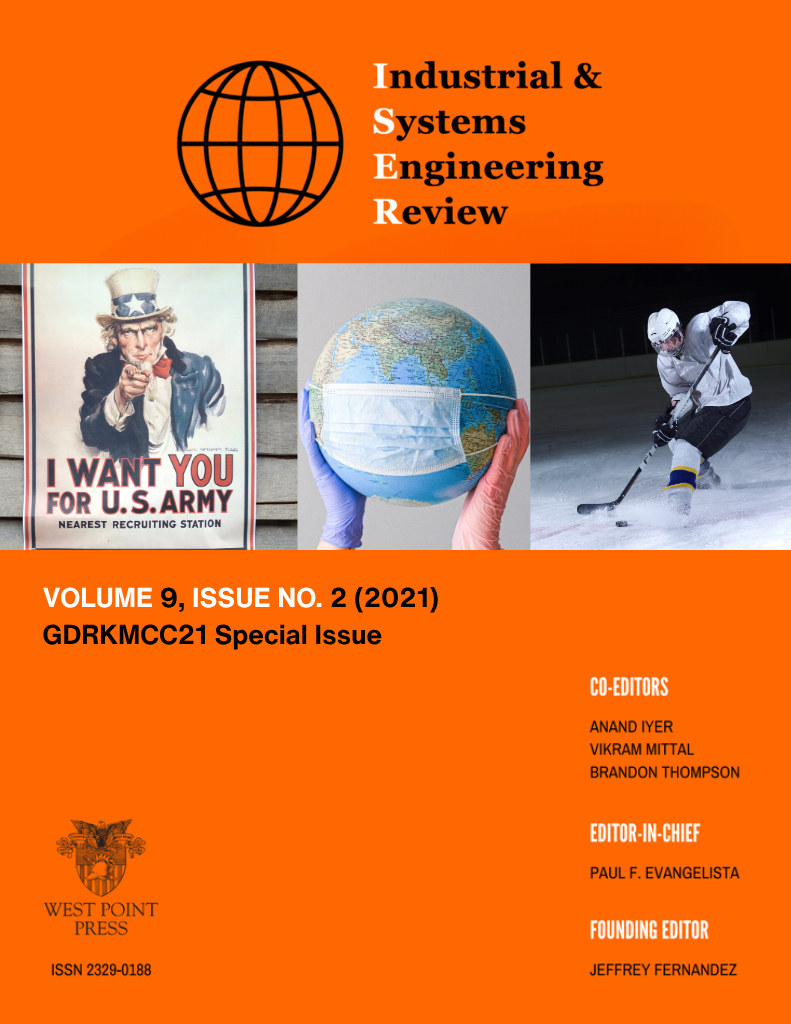Fenwick and Corsi in Army Hockey, Incorporating “Shot-Zones” and Rebounds into Weighted Shots
Main Article Content
Issue section:
Research
Keywords:
Competitive Advantage, Analytics, Statistical Data
Abstract
Competitive mindsets and incentives for winning within our society generate an environment that forces athletes and organizations to continuously seek new opportunities to gain a competitive advantage. The Moneyball strategy is a great example of team’s thinking outside the box to improve their chances of winning. This strategy is when teams utilize analytics to determine which players hold the most value. In other words, which player will perform the best while also being minimally expensive to acquire. Building upon the Moneyball strategy, teams across sports today are using statistical data and metrics to analyze all facets of their respective sports in hopes of acquiring this edge. First implemented in baseball, other sports such as basketball and hockey are following in their footsteps while attempting to overcome the obstacle of having less data. The growth of analytics in hockey shows that these strategies are finding their way into the hockey environment.








